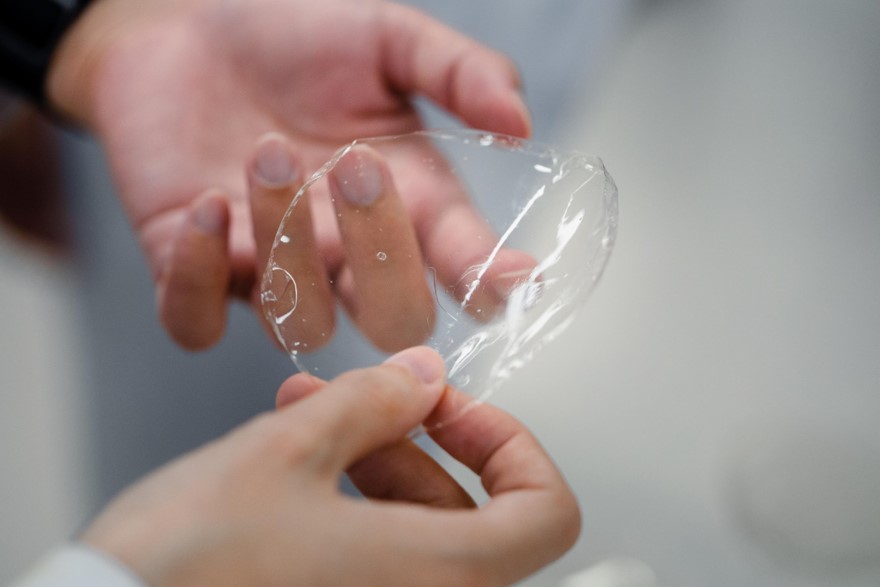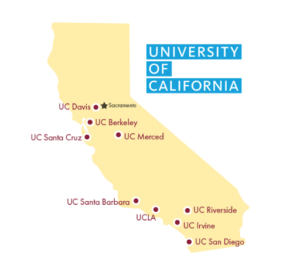No Need for a Boarding Pass
May 6, 2017
The rise of biometrics could one day allow travelers to use their fingerprints or face scan to navigate airports. Imagine this: you arrive at the airport with your expertly packed carry-on, stroll past security without showing your ID, and head straight to your gate. Once there, you get on the plane without ever pulling out a boarding pass or interacting with a gate agent.
This experience may sound far-fetched, or like a scene out of “The Minority Report,” but it might be closer than you think thanks to the growing use of biometrics technology that uses unique physical characteristics, like your fingerprints, voice, or face for identification at airports. Kailey Cook states. “ Lines at airlines are gonna go quicker than ever with fingerprints and eye scans.
Vision-Box, a provider of biometric-based solutions, recently introduced Seamless Gateway technology at the Passenger Terminal Expo. The system uses facial recognition to enable contactless and seamless movement through airport checkpoints. The state-of-the-art eGates capture facial images on the fly, matching them against an existing database. The verification happens almost instantly, allowing passengers to breeze through checkpoints without stopping to engage with airline or airport officials to show them your driver’s license or boarding pass. The Seamless Gateway would work in conjunction with agencies like the TSA, so passengers would still have to remove items like their shoes, and walk through the body scanner. The plan is to test the Seamless Gateway at Schiphol Airport in Amsterdam, which is currently doing a three-month trial using facial recognition biometrics at a boarding gate for KLM airlines.
With That said, facial recognition technology has been slowly inching its way into American airports. In January 2016, John F. Kennedy Airport (JFK) in New York deployed Vision-Box biometric passport authentication technology that uses facial recognition technology to match travelers’ faces to the photo on their passport. Last May, NEC Corporation of America (NEC) started working with the US Customs and Border Protection (CBP) to provide facial comparison technology at JFK with the goal of enhancing border security and accurately verifying US arrivals from international countries. While facial recognition tech is growing fast, fingerprint identification technology also continues to develop at lightning speed.
Where technology is concerned, advancements in biometrics are moving faster than ever. If the issues of cost and and privacy are appropriately addressed, we could see a future where our finger becomes our boarding pass and our eyes double as passports.











































